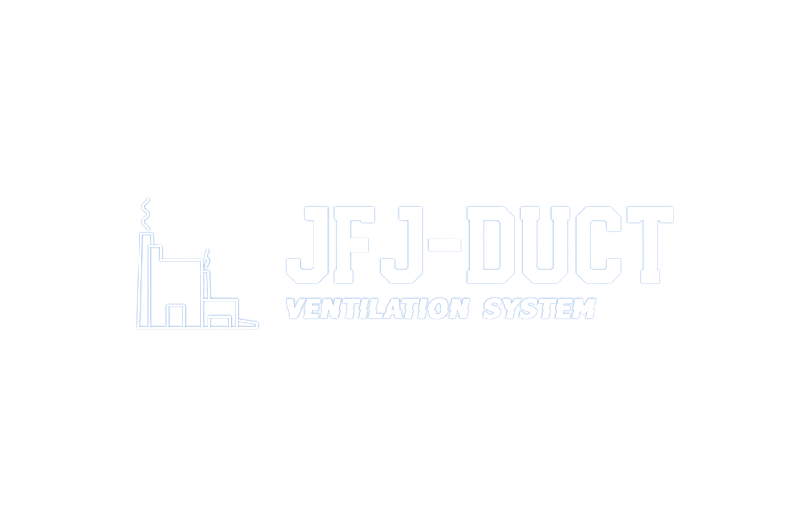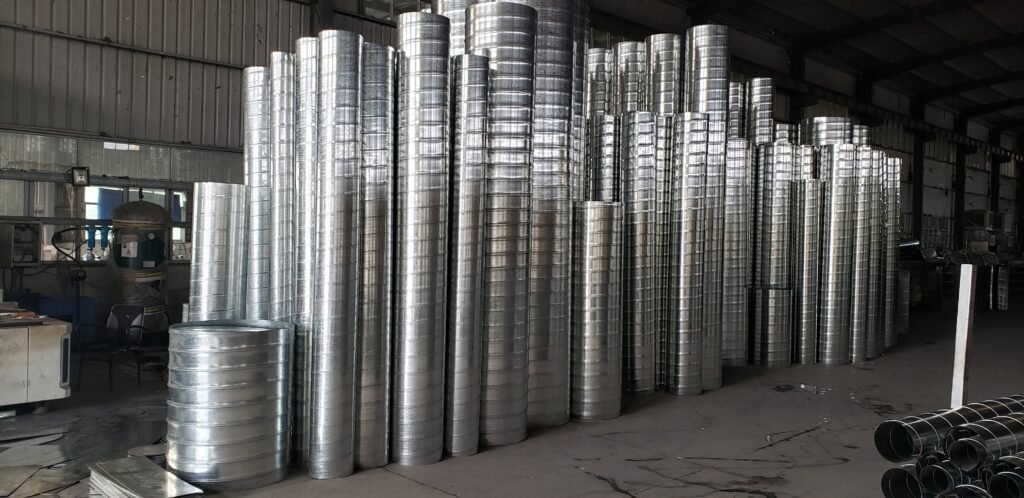Introduction
The HVAC industry, which stands for Heating, Ventilation, and Air Conditioning, encompasses a complex and essential set of systems and technologies that provide climate control and maintain indoor air quality in various environments. These systems are vital for ensuring comfort and safety in homes, offices, factories, and many other spaces. In this article, we will explore the core components of the HVAC industry and delve into the significance of two specific sections: Ventilation and Ductwork.
Heating
In the HVAC industry, heating systems are responsible for maintaining a comfortable indoor temperature during cold weather. This includes the use of various equipment such as furnaces, boilers, heat pumps, and radiant heating systems. Heating systems are designed to raise the temperature of the air and, in turn, keep occupants warm and cozy.
Ventilation
Ventilation is a critical element of HVAC systems, ensuring the circulation of fresh air and the removal of stale or polluted air. This section of the industry involves the use of fans, air exchange systems, and strategically designed air ducts to facilitate the flow of outdoor air into the indoor environment. Adequate ventilation not only helps maintain air quality but also contributes to the overall health and well-being of occupants.
Air Conditioning
In contrast to heating systems, air conditioning systems are designed to cool indoor spaces, primarily during hot weather. They use various technologies, including central air conditioning units, heat pumps, and ductless mini-split systems, to lower the indoor temperature and control humidity levels.
Refrigeration
While often considered a separate field, refrigeration is closely related to the HVAC industry, especially in commercial settings. Refrigeration systems are responsible for keeping perishable goods, such as food and pharmaceuticals, at low temperatures, making them a vital component of supermarkets, restaurants, and cold storage facilities.
Control Systems
Control systems are the brains behind HVAC operations. These systems, including thermostats and more advanced building automation systems, allow users to regulate temperature, humidity, and other environmental factors. They play a crucial role in ensuring comfort and energy efficiency.
Ductwork
Ductwork refers to the network of pipes and channels that distribute heated or cooled air throughout a building. Properly designed and maintained ductwork is essential for the efficient functioning of HVAC systems. It ensures that conditioned air reaches all areas of the building, maintaining consistent temperatures and comfort.
Energy Efficiency and Sustainability
As energy conservation and environmental sustainability gain importance, the HVAC industry is actively working to develop and implement energy-efficient technologies. These efforts include the use of renewable energy sources, high-efficiency equipment, energy recovery systems, and the adoption of eco-friendly refrigerants.
Maintenance and Service
HVAC systems require regular maintenance and service to operate optimally. This segment of the industry involves installation, repairs, and preventive maintenance, ensuring that HVAC systems remain reliable and efficient over their lifespan.
Indoor Air Quality (IAQ)
Maintaining healthy indoor air quality is a growing concern, and the HVAC industry addresses this through the development of technologies such as air purifiers, advanced filtration systems, and humidity control solutions. These innovations contribute to better living and working environments.
Commercial and Residential Sectors
The HVAC industry serves both the commercial and residential sectors, with each having its specific requirements and challenges. Commercial HVAC systems are often larger and more complex, catering to larger spaces and diverse needs, while residential systems focus on individual comfort and energy efficiency.
Here are some more details for Ventilation and Ductwork which are integral components of the HVAC industry:
Ventilation is a fundamental component of the HVAC industry that goes beyond merely regulating temperature. It plays a critical role in maintaining indoor air quality and ensuring the well-being of occupants. Here, we delve into the specifics of ventilation and its significance:
Ventilation Systems: HVAC ventilation systems consist of various components, including fans, air handlers, and ductwork. These systems work together to circulate fresh outdoor air while simultaneously expelling stale indoor air. In the process, they help remove airborne contaminants, such as dust, allergens, and pollutants, providing occupants with a healthier and more comfortable indoor environment.
Types of Ventilation: There are different types of ventilation systems, including natural ventilation, mechanical ventilation, and hybrid systems that combine both. Natural ventilation relies on passive measures like windows and vents, while mechanical ventilation employs fans and ducts to control air movement. The choice of system depends on factors like building design, occupancy, and environmental conditions.
Ventilation in Commercial Spaces: In commercial settings, such as offices, factories, and healthcare facilities, proper ventilation is crucial for ensuring the well-being of occupants and meeting regulatory requirements. Ventilation systems in commercial spaces are often more complex, with advanced controls to manage airflow and air quality.
Ventilation in Residential Spaces: Residential ventilation is equally important for maintaining indoor air quality and comfort. In homes, ventilation systems can include exhaust fans, central ventilation units, and spot ventilation in areas like kitchens and bathrooms. These systems help control humidity, reduce indoor pollutants, and prevent issues like mold growth.
Air Filtration and Purification: In addition to simply moving air, modern ventilation systems often incorporate air filtration and purification technologies. These systems can remove airborne contaminants, including dust, pollen, bacteria, and viruses, further improving indoor air quality.
Additionally, Ductwork is a crucial but often overlooked component of HVAC systems. It forms the intricate network of pipes and channels responsible for distributing conditioned air throughout a building. Here, we explore the importance and complexities of ductwork:
Ductwork Design: The design of ductwork is a highly specialized task, essential for the efficient distribution of heated or cooled air. Well-designed duct systems ensure that air reaches all areas of a building, providing consistent temperatures and comfort. This design process considers factors like airflow, insulation, material selection, and duct size.
Air Distribution: Ductwork plays a significant role in evenly distributing conditioned air. This is especially important in larger spaces, where temperature variations can occur if ductwork is not properly designed and balanced. It ensures that each room receives the right amount of airflow to maintain comfort.
Duct Material: Ducts can be constructed from various materials, including sheet metal, fiberglass, and flexible materials. The choice of material depends on factors such as cost, energy efficiency, and the specific requirements of the HVAC system.
Maintenance and Cleaning: Regular maintenance and cleaning of ductwork are essential to prevent the buildup of dust, allergens, and contaminants. Neglected ducts can compromise indoor air quality and reduce the efficiency of the HVAC system. Duct cleaning can be particularly important in homes with occupants who have allergies or respiratory conditions.
Duct Sealing: Properly sealing ducts is critical to prevent air leakage, which can result in energy loss and reduced HVAC system efficiency. Duct sealing helps maintain the integrity of the HVAC system and lowers heating and cooling costs.
In Conclusion
The HVAC industry plays an indispensable role in maintaining our comfort and well-being in the spaces where we live and work. From heating to ventilation, air conditioning to refrigeration, control systems to ductwork, the industry’s various components work together to create environments that are not only comfortable but also healthy and energy-efficient. As the industry continues to evolve with a focus on sustainability and innovation, its importance in our daily lives becomes more evident. HVAC systems are the unsung heroes behind our year-round comfort and safety, making our modern lifestyles possible.


